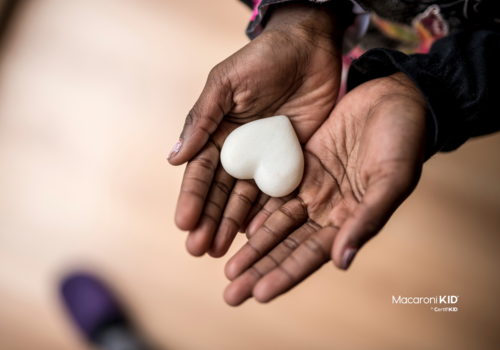In today's rapidly evolving world, the ability to think critically and independently is more valuable than ever. As parents, fostering these skills in our children is one of the most important tasks we can undertake. Teaching your kids how to think involves nurturing their curiosity, encouraging problem-solving, and helping them develop a healthy skepticism. Here are some effective strategies to guide your children in becoming thoughtful, independent thinkers.
Encourage Curiosity and Questions
One of the first steps in teaching children to think is to encourage their natural curiosity. Young minds are inherently curious, constantly seeking to understand the world around them. As parents, we should:
- Welcome Questions: Always be open to questions, no matter how simple or complex. When children ask "why," it signifies their desire to understand deeper.
- Ask Open-Ended Questions: Encourage them to think further by asking questions that don't have straightforward answers, such as "What do you think would happen if...?" or "Why do you think that is?"
- Model Curiosity: Demonstrate your own curiosity. Show interest in learning new things and share your discoveries with your children.
Foster Problem-Solving Skills
Problem-solving is a critical aspect of thinking. Helping children develop these skills prepares them for future challenges. You can foster problem-solving skills by:
- Encouraging Exploration: Let children explore different ways to solve a problem. Whether it’s through trial and error or brainstorming multiple solutions, exploration is key.
- Breaking Down Problems: Teach children to break larger problems into smaller, more manageable parts. This makes problem-solving less overwhelming and more approachable.
- Discussing Mistakes: Normalize making mistakes as part of the learning process. Discuss what went wrong and what can be done differently next time.
Develop Critical Thinking
Critical thinking involves analyzing information, evaluating evidence, and making reasoned decisions. To help your children develop these skills:
- Analyze Together: Engage in activities that require analysis, such as reading stories and discussing the motives of characters, or evaluating the pros and cons of different choices.
- Encourage Skepticism: Teach children to ask questions about the information they receive. Encourage them to consider the source and think about possible biases.
- Promote Reflection: After completing a task or making a decision, encourage children to reflect on what worked well and what could be improved.
Build a Growth Mindset
A growth mindset—the belief that abilities can be developed through dedication and hard work—is crucial for developing thinkers. You can help your children build a growth mindset by:
- Praising Effort, Not Just Results: Recognize and celebrate the effort your child puts into their work, rather than just the outcome. This encourages them to keep trying and learning.
- Setting Challenges: Provide opportunities for your child to tackle new and challenging tasks. This helps them learn to embrace difficulty and persist through challenges.
- Teaching Resilience: Help your child understand that setbacks are a natural part of learning. Encourage them to view obstacles as opportunities to grow.
Encourage Independent Thinking
Finally, fostering independent thinking means allowing children to form their own opinions and make their own decisions. To promote independence:
- Offer Choices: Give children age-appropriate choices in their daily activities. This empowers them to make decisions and learn from the outcomes.
- Respect Their Opinions: Even if you disagree, listen to your child’s opinions and discuss them respectfully. This teaches them that their thoughts and ideas are valued.
- Support Autonomy: Encourage your child to take responsibility for their learning and decision-making. Provide guidance, but allow them to lead the way.
Teaching your kids how to think is an ongoing process that involves patience, encouragement, and active participation. By fostering curiosity, problem-solving, critical thinking, a growth mindset, and independence, you equip your children with the tools they need to navigate an increasingly complex world. Remember, the goal is not to provide all the answers but to guide them in asking the right questions and discovering their solutions.









